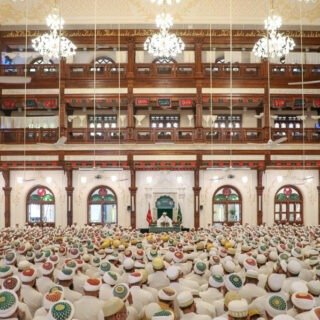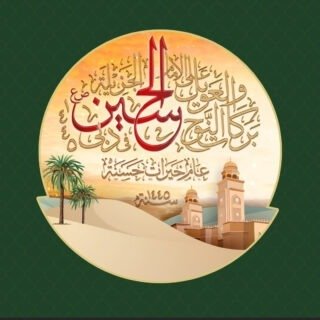Divorce is a reality and a necessity in the social fabric. In the shari’at of RasulullahSA divorce is not desirable yet it is permitted. The couple must try their best to make the marriage work before deciding to break up.
The most common form of divorce is the Talaaq us Sunnat. This can only be given by the husband when the woman has finished her menstrual cycle and has not been touched by the husband after that. The Talaaq must be sworn in the presence of two witnesses.
The period of ‘iddat for a woman who is divorced is three menstrual cycles. It is only after the ‘iddat that she can be proposed to and married by another man. This is important to avoid conflicts over paternity. It is the husband’s right to take the woman back anytime during the period of her ‘iddat. Once the ‘iddat period is over the woman is free and can chose to remarry her ex-husband or any other man, for that matter. However if the husband gives the wife three Talaaqs: this does not mean three Talaaqs together at one time, but each Talaaq given at separate times (i.e. in the time after the woman’s menstruation in which she is not touched by the husband) in the presence of two witnesses, then he shall not be able to marry her again unless the woman is married to and then divorced by another man.
There are eight other kind of Talaaq including Eila, Khul’a, Liaan, Zihaar etc.
The ex-husband should provide for the divorced woman: until she has completed three menstrual cycles or until she has given birth if pregnant.
‘iddat for widows is four months and ten days. The woman should wear white clothes and remain in the house for the duration of her ‘iddat.








